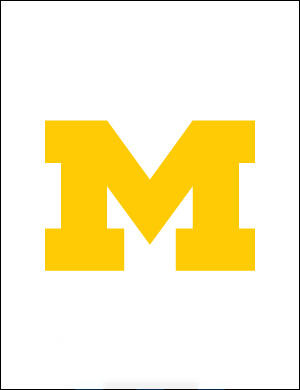Media Cultures of the Russian 1990s
Inventing the Post-Soviet Public Sphere
Description
Examining Russian-language media from the “long 1990s”—the period beginning with Mikhail Gorbachev’s policy of glasnost (“openness”) and ending with the election of President Vladimir Putin—Media Cultures of the Russian 1990s shows how post-Soviet civil society emerged simultaneously with the explosion of new media, especially a newly liberated television and the Internet. A brief and contested period of media independence emerged as explosive creativity collided with rank commercialism, journalistic integrity with burgeoning political ambitions, and fringe with mainstream. By the late 1990s, however, the media landscape had succumbed to economic and political exploitation. The causes and nature of this co-optation, which set the stage for Vladimir Putin’s crackdown on independent media in the 2000s and 2010s—as well as Russia’s slide into aggressive authoritarianism—are embedded in the era’s media artifacts.
Written by an interdisciplinary group of experts, this edited collection addresses the mutual influence among disparate spheres of public life that enabled the media “Wild West” of the first post-Soviet decade. As a joint platform, the volume and the associated Multimedia Sourcebook of the Post-Soviet 1990s present the media cultures of the Russian 1990s in a manner that reflect historical interconnectedness and their relationship to the global present.
Edited by Maya Vionkour with contributions from Bradley Gorski, Courtney Doucette, Fabrizio Fenghi, Rita Safariants, Daniil Leiderman, Thomas Keenan, and Pavel Khazanov.
Maya Vinokour is assistant professor in the Department of Russian and Slavic Studies at New York University and the author of Work Flows: Stalinist Liquids in Russian Labor Culture (Cornell UP, 2024). Her interests include Stalinism and Nazism, late-Soviet science fiction, post-Soviet media, and the global Far Right.


